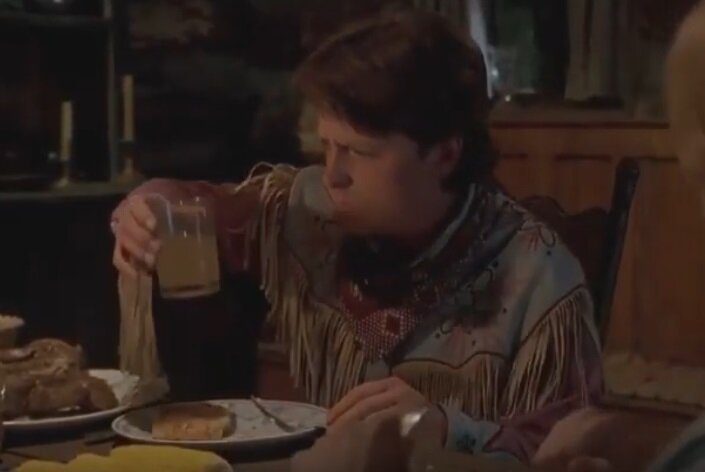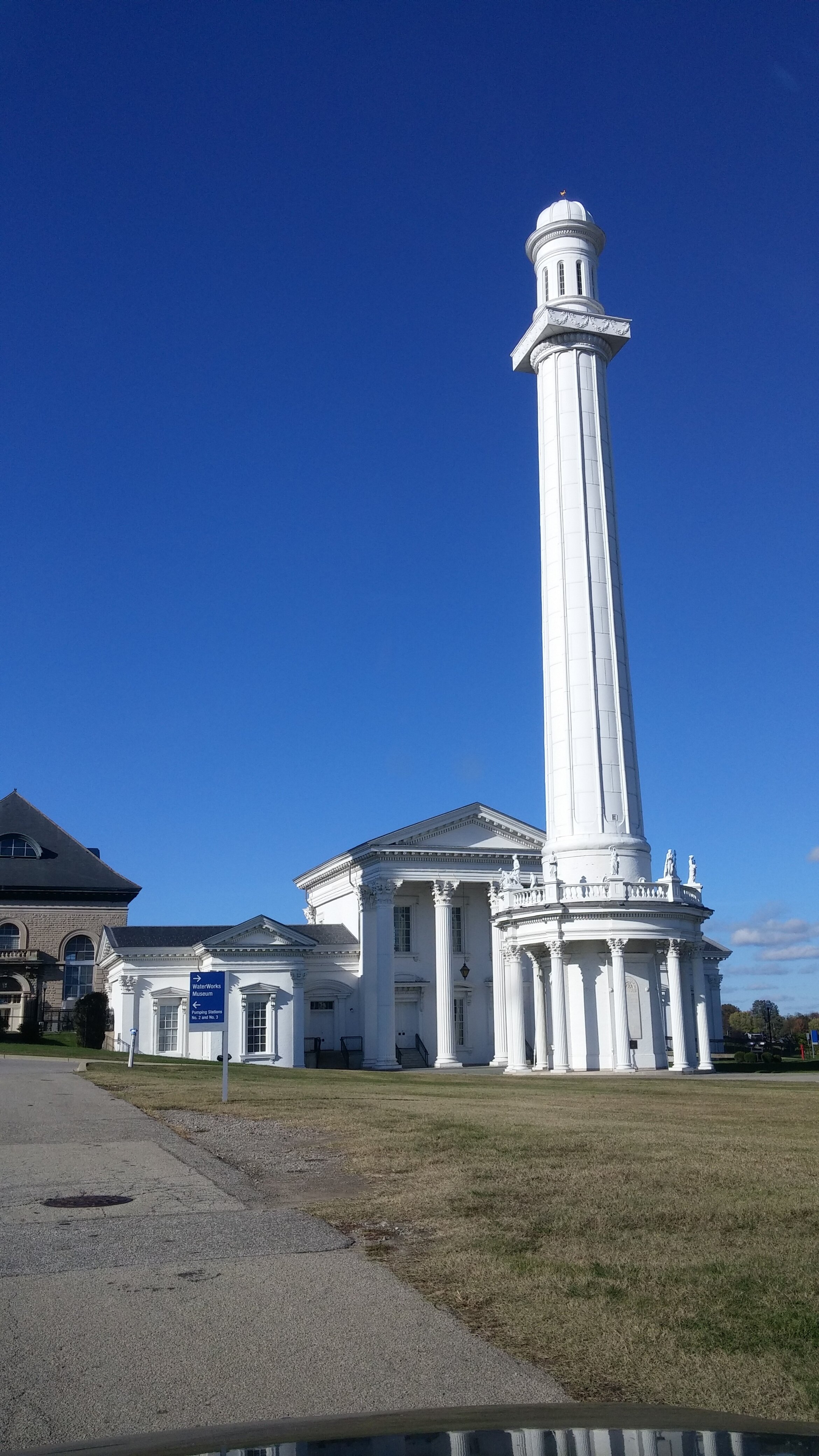Louisville Unearthed: In its early days, Water Tower helped end a different kind of pandemic
The Water Tower helped save Louisville from its nickname, “Graveyard of the west.”
Pretty much everyone in Louisville has been to Water Tower Park – or just “The Water Tower” – for an event, be it the annual Memorial Day blues festival, a friend’s wedding or the Buy Local Fest. But those who haven’t taken the time to tour the museum within may not know the significance of the structure on River Road at the foot of Zorn.
The truth is, it came about in response to a different sort of pandemic than we’re experiencing now, one that killed thousands of Louisvillians.
You see, after Louisville was founded in 1778, the next few decades were a period of growth and influx. Whereas today, Louisville Water Co. wins awards for having some of the cleanest water in the nation, there was a time when Louisville’s water supply not only wasn’t clean and crystal clear – it was downright dangerous.
After a severe cholera pandemic in 1832, the death toll was so high that our city for at least a couple of decades was known as “the graveyard of the west” (yes, Kentucky was pretty far west back in those days). What no one had figured out was that this pandemic was due primarily to the ground water in the city. People were dying of cholera and typhoid because of the tainted water supply.
And it’s no surprise. You probably saw the third installment of the “Back to the Future” series, right? When Marty McFly travels back in time to the old west? If so, you may remember that when he drops in on his great grandparents, they give him a glass of water – and it’s a murky yellow color.
Don’t drink the water, Marty. Blech.
Well, that was just what people drank back then, and Louisville’s water was not much better than sludge, tainted by sand, mud, and bacteria. Blech.
Some super-smart people finally figured out that it was the water that was making everyone so sick and giving Louisville such a terrible reputation in other states, but the city leaders at first were unwilling to buy this scientific “theory” that there was imminent danger. (Thank goodness politicians always listen to science these days. Right?)
But engineer Theodore Scowden, who enlisted a man named Charles Hermany to assist him, had big plans to build the Louisville Water Works, and soon enough those in charge were all on board with the project. Rather than just making it a functional structure, however, they envisioned a park-like atmosphere that could serve other functions, which it still does 160 years later.
Starting in 1854, Scowden designed the station with its signature tower, statues and Classical Revival architectural motif, finishing the creation in late 1860, when 512 families in Louisville became the first customers. Not only was the facility beautiful, it also could pump 12 million gallons of water out of the Ohio River every 24 hours.
That said, the water was still impure – it just wasn’t as muddy and dangerous as the well water. The second part of the story is that Scowden’s assistant, Hermany, would just a few years later design a second part to the city’s water treatment system – a state-of-the-art filtration plant that still stands in Crescent Hill. We’ll get into that story another time, but it was the first seeds of what we now refer to as Louisville Pure Tap water.
Suffice to say we should be glad our local government of the time finally took the cholera epidemic seriously and funded a pioneering effort in water filtration. Otherwise, who knows how many more would have died? It’s fair to guess, however, that they didn’t do live, on-air updates every day at 5:00 like Governor Andy does. Broadcast media was still quite a ways off back in the middle 19th century, after all.
Also, it’s worth speculating that because the water was so disgusting back in the early 1800s, lots of people drank whiskey instead. And that turned out pretty well for Louisville, too.
Every Friday, Louisville Unearthed will bring you an unusual fact, historical nugget, place, person, etc., that you may not know about our city.



